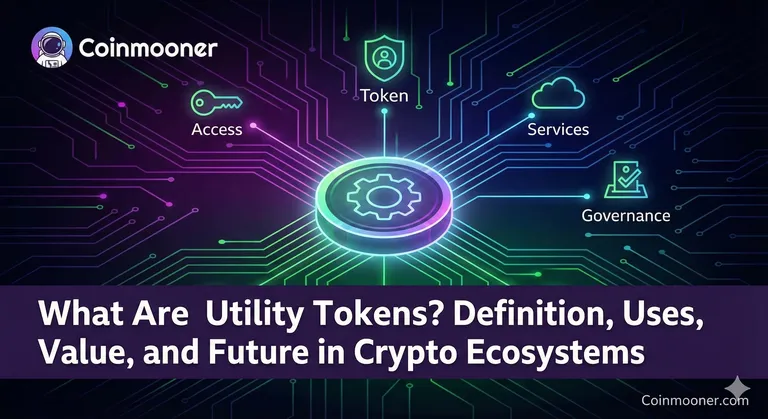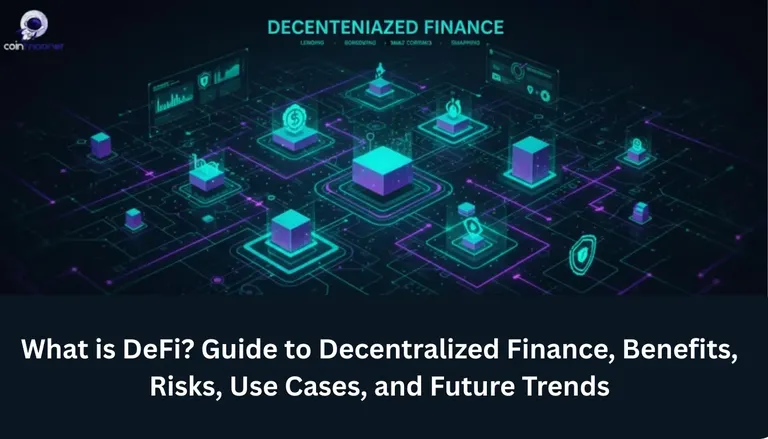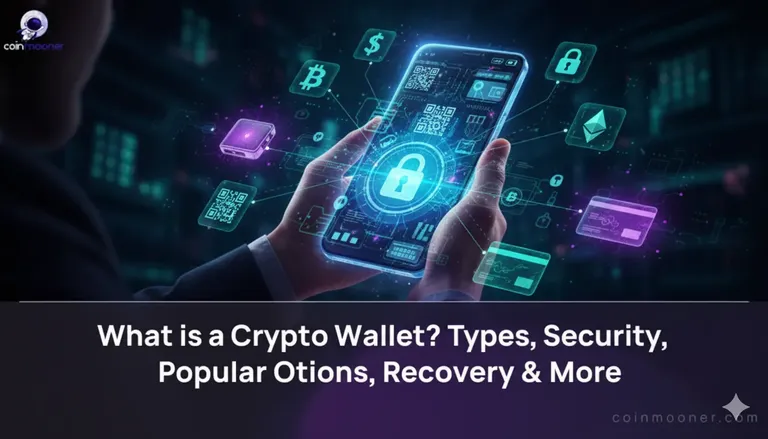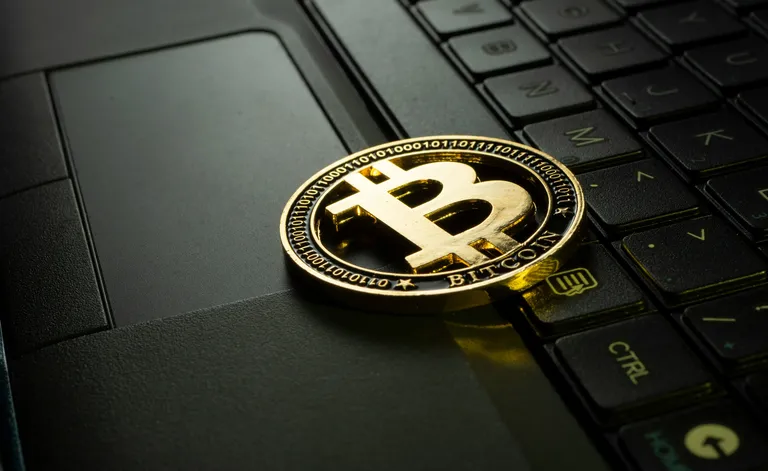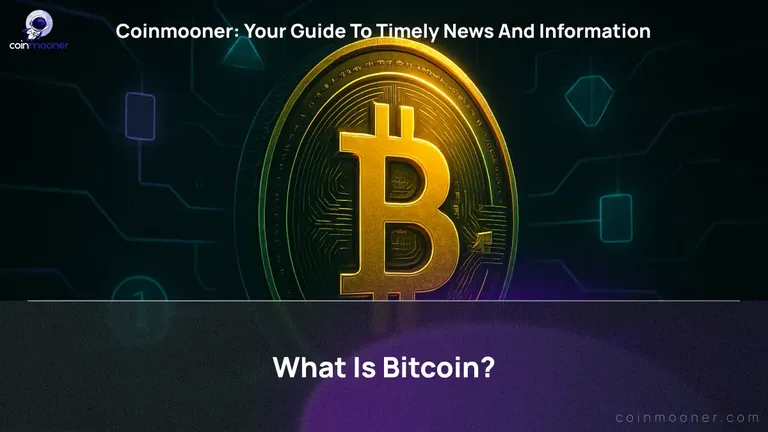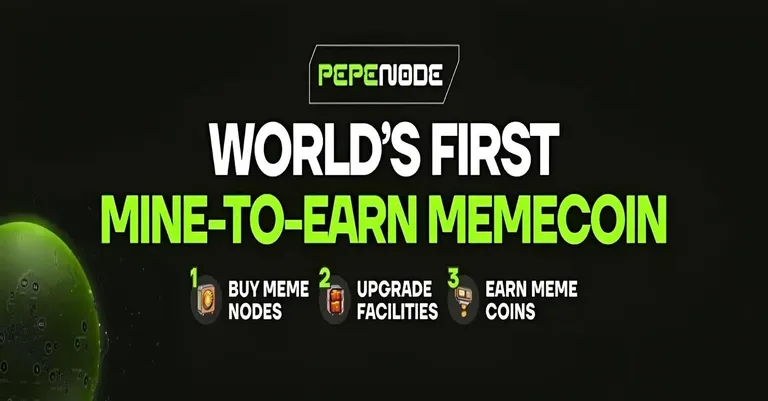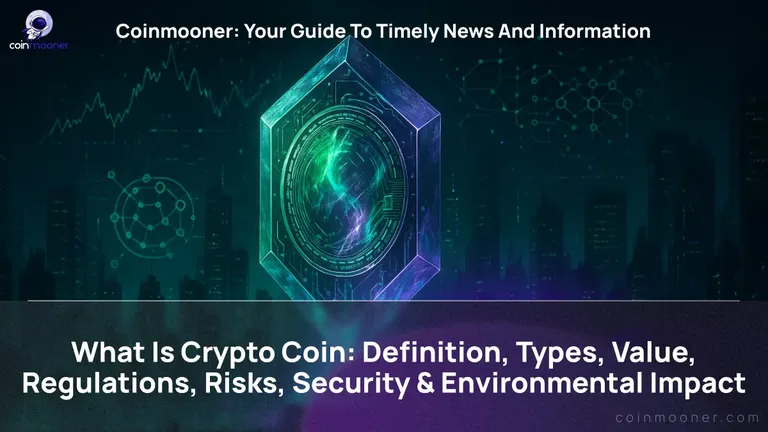BlockFi vs. Defi vs. TradFi: Differences and Similarities
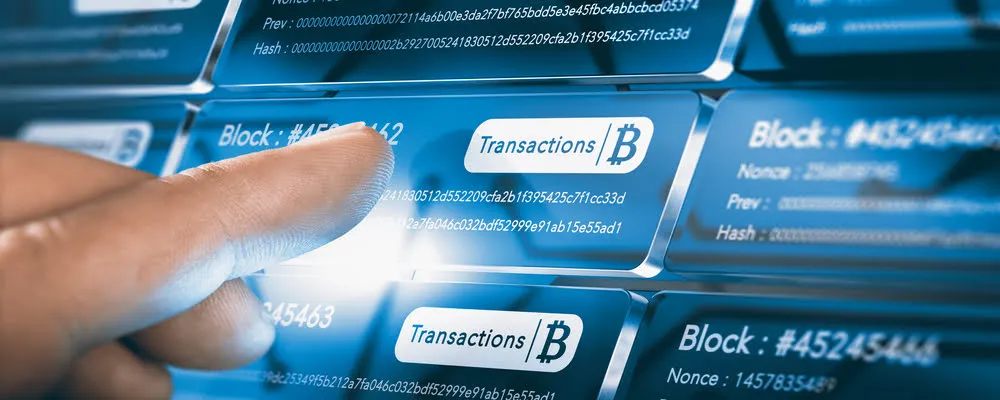
In the world of rapidly evolving blockchain solutions, many new financial ecosystems appear.financial ecosystems appear. Previously, we only had traditional finance, but now, blockchain and decentralized services are available. How can TradFi vs. BlockFi vs. DeFi be compared, and what are the differences? Everything will be covered in the article below.
What Is BlockFi?
BlockFi stands for blockchain finance. It consists of digital banks built on blockchain technology. Such banks are similar to classic ones because of their centralized nature and regulations. KYC solutions are also in place, much like with traditional banks, which erases anonymity that is so valued among many blockchain users. Such banking institutions offer investment and retail services, loans, and various trading services. In addition, BlockFi is the name of a crypto exchange and one of the most prominent companies in blockchain finance.
Features
The blockchain finance ecosystem has the following features:
· Centralized nature – some people wonder, is BlockFi DeFi? However, despite being built based on blockchain, such institutions are centralized and controlled by specific owners. They incorporate the KYC approach, which prevents anonymity.
· Crypto interest-earning – while traditional banks offer to earn passive interest income with fiat currencies, BlockFi incorporates cryptocurrencies.
· Convenient crypto trading – BlockFi banks provide convenient trading solutions and beneficial exchange rates for cryptocurrency users.
Examples
One of the top platforms in this industry is BlockFi. Apart from crypto trading services, it offers low-interest loans and interest-earning services. It also allows using your crypto assets as collateral to secure a loan. Another example of BlockFi is Celsius. This London-based platform allows interest income to be earned and digital currencies to be used to take credit. The platform has its cryptocurrency called the CEL token. Using these tokens provides access to more exclusive services at Celsius.
What Is DeFi
DeFi, or decentralized finance, is blockchain-based technology using secure protocol solutions similar to those incorporated in cryptocurrencies. This system eliminates intermediaries, such as banking institutions, and their control over financial operations. This also means eliminating the fees that intermediaries take from every operation. Thanks to blockchain technology, people can perform transactions directly with each other quickly and efficiently. The only requirement has an Internet connection to complete the trade. This industry is developing rapidly and continues to deliver new solutions with incredible security and convenience.
Features
The DeFi ecosystem has a few beautiful features, which makes many blockchain users choose this system over BlockFi. Here are the key features of decentralized finance:
· Decentralization – comparing BlockFi vs DeFi, decentralized finance does not involve banks and other intermediaries. All transactions are held between companies and individuals without third parties.
· Non-custodial nature – DeFi services are non-custodial, which means that the only people having access to their databases and assets are those who know the key phrase. Unlike traditional finance, there are no banks that can have access to user accounts.
· High speed – the majority of transactions are finalized within seconds. This is possible thanks to blockchain and intermediaries being excluded from the equation.
· Smart contracts – thanks to smart contracts running on blockchain, transactions become highly secure. This also allows automatic transactions to be set up.
Examples
Top DeFi platforms as of today are MakerDAO, Aave, PancakeSwap, and Compound. One of the oldest DeFi platforms is MakerDAO, the largest one with almost 20 billion dollars locked. The Aave platform allows for trading multiple cryptocurrency pairs. PancakeSwap is known for being based on Binance instead of Ethereum, which means lower fees and faster transactions. Finally, Compound is a liquidity platform that allows convenient borrowing and lending of assets.
What Is TradFi
People often hear about comparing TradFi vs. DeFi because they are two principally different things. TradFi stands for traditional finance, which includes standard commercial and investment banking institutions, retail services, and FinTech businesses (these are technology companies that operate in the finance industry). Naturally, such companies are centralized and controlled by governmental authorities. Their Know Your Customer policies are usually quite strict. This industry is less innovative than DeFi, as it takes a lot of time and effort to receive licensing for most innovations before implementing them. In this sense, TradFi is more suitable for people who prefer doing business the old-fashioned way.
Features
The features of traditional finance are well known to most people, as this is what most of us work with. Here are the main features of TradFi:
· Centralization – public governance is in place to control centralized financial institutions. This involves having specific laws and legislations that manage the operation of such companies.
· Resistant to innovation – TradFi is very reluctant to adopt the emerging technologies because of numerous barriers. It is required to obtain official licenses and approval from the governing body to implement any innovation.
· Slower pace – bureaucracy has always been slowing down all financial operations in traditional banking institutions. When talking about TradFi vs. DeFi, Blockchain technology allows performing almost instant transactions in DeFi, while TradFi still relies on classic documentation.
· Stability – one of the main benefits of TradFi is stability. While it is still possible for banks to go bankrupt, overall stability is ensured by the government and fiat currencies, while DeFi, on the other hand, is an emerging technology that still has an unclear future.
Traditional finance is what we are all used to and continue to utilize on a daily basis. This is the classic retail and banking that will continue to exist simultaneously with alternative financial services.
Examples
Financial and retail companies in TradFi are diverse and well-known. For example, JPMorgan Chase Bank, Goldman Sachs, Wells Fargo & Co., and Bank of America are a part of traditional finance. Next, we have financial technology companies, such as PayPal, SoFi, Stripe, Square, and more. In case a company is centralized and works under governmental regulations, which means that it is TradFi.
BlockFi Vs. Defi Vs. TradFi: What Is the Difference
Key differences between BlockFi, DeFi, and TradFi lay in their features. Here are some of the main differences between these financial systems:
· BlockFi and TradFi companies are centralized, whereas DeFi solutions are decentralized, which is already evident from its name. There are no owners to DeFi that dictate their rules, and all users can engage in convenient transactions without intermediaries.
· DeFi and BlockFi use blockchain solutions to operate, whereas traditional finance exists in the real world thanks to banks, fiat funds, brokers, etc. While BlockFi is still centralized and strictly regulated, it still utilizes emerging technologies to grow and improve.
· DeFi solutions are non-custodial, meaning that every user only owns their banking information and other private data. BlockFi and TradFi, on the other hand, require providing personal data because of their centralized nature. This makes DeFi more secure and anonymous.
Interest Rates
One of the important features when choosing a platform for earning interest on your crypto investments is the interest rate. To earn passive income with your crypto , it is necessary to choose between DeFi solutions vs. BlockFi. Here is a clear example based on two popular platforms in both finance systems: Cake DeFi and BlockFi as well as cryptocurrency

Are There Any Similarities?
One of the questions people tend to ask sounds like, “Is BlockFi DeFi?” This happens because the two have certain similarities, which makes it difficult for beginners on blockchain to differentiate them. The main similarity is that both DeFi and BlockFi are based on a certain blockchain, usually Ethereum. Another important similarity is that both BlockFi and TradFi are centralized, which means certain laws and legislations regulate them.
DeFi vs. BlockFi vs. TradFi: Who Has the Edge Here?
There are three key solutions in the banking space today: BlockFi, DeFi, and TradFi. But which one is the best? Here are some predictions for short-term and long-term development.
Short Term
BlockFi has an advantage over TradFi because it allows earning huge interest on crypto. The BlockFi users can earn up to 8% of the annual percentage yield with crypto assets. Lending with BlockFi is much more accessible and attractive to users as well. The loans can be accepted within a day thanks to the simple application process. Thanks to the collaboration with Visa, BlockFi is actually making a huge leap forward.
If we compare BlockFi and DeFi, BlockFi is expected to win the general public. New crypto users will most likely choose the easiest and more understandable route: BlockFi. As blockchain finance is, simply put, the blockchain alternative to TradFi, people will purchase crypto and use accessible and custodial BlockFi services instead of DeFi, which requires more knowledge and control over digital assets.
Long Term
One of the predictions for a more extended period is that traditional banks will eventually develop their own blockchain solutions, which will devalue BlockFi. Even though BlockFi is dominating this market now, users will probably choose classic banks with blockchain features over emerging companies. It is also expected that traditional banks will develop their own stablecoins shortly. Stablecoin is a digital currency tied to a certain fiat currency and depends on its value for added stability. As cryptocurrencies are extremely volatile, it is nice to have some guarantees regarding their stability. DeFi, however, will still expand because it occupies a different niche of decentralized transactions and other financial operations with crypto.
What Role Do Regulators Play?
One of the differences between BlockFi vs DeFi is regulation. Regulators play a huge role in BlockFi and TradFi. Different people consider this both an advantage and a disadvantage. Active crypto users usually prefer the freedom of blockchain, the possibility to regulate their assets, and holding the responsibility for their safety. However, most newer blockchain users will not go that deep, which means they would expect the most convenient services possible. And working with regulators means having the convenience of simply delegating your data, money, and responsibilities to a worker of a traditional or digital bank. The majority of American citizens prefer having a regulator from a bank responsible for the secure storage and management of crypto.

Conclusion
One of the main questions of modern finance is: BlockFi vs. DeFi vs. TradFi: what are the differences, and which one is better? There is no clear answer to that, as these financial ecosystems have some principal differences and serve various purposes. While there are underlying similarities, such as the centralization of TradFi and BlockFi or the blockchain base of DeFi and BlockFi, this does not mean that they are the same. It all comes down to the exact needs of every user. Whether you want to use crypto or fiat money, you are ready to spend a lot of time studying crypto, or you simply want to make an investment and start earning, etc. Currently, BlockFi is the most accessible solution for the majority of users, but DeFi is the way for crypto enthusiasts.
Frequently Asked Questions
What Are the Features of BlockFi and DeFi?
The main features of DeFi, or decentralized finance, are transparency and permissionlessness. Anybody can use the DeFi solution via the Internet, provided that they have an electronic wallet. In addition, DeFi is non-custodial, which means there are no intermediaries that can access your assets. BlockFi, or blockchain finance, offers scalability, allowing businesses to operate globally. The other important features offer security and transparency.
BlockFi vs. DeFi: What Are the Differences?
The key difference between the two is that DeFi is decentralized, hence the name, while BlockFi encompasses financial institutions built on blockchain but regulated like classic banks. They offer traditional banking services but on the blockchain. BlockFi lacks anonymity, and its centralized nature imposes certain restrictions, whereas DeFi provides full freedom.
Is BlockFi DeFi?
BlockFi is both blockchain finance and a company. BlockFi is a trading platform for cryptocurrencies that makes profits via interest accounts. This company is a part of the blockchain finance ecosystem (BlockFi) instead of DeFi because it is centralized and has its owners.

